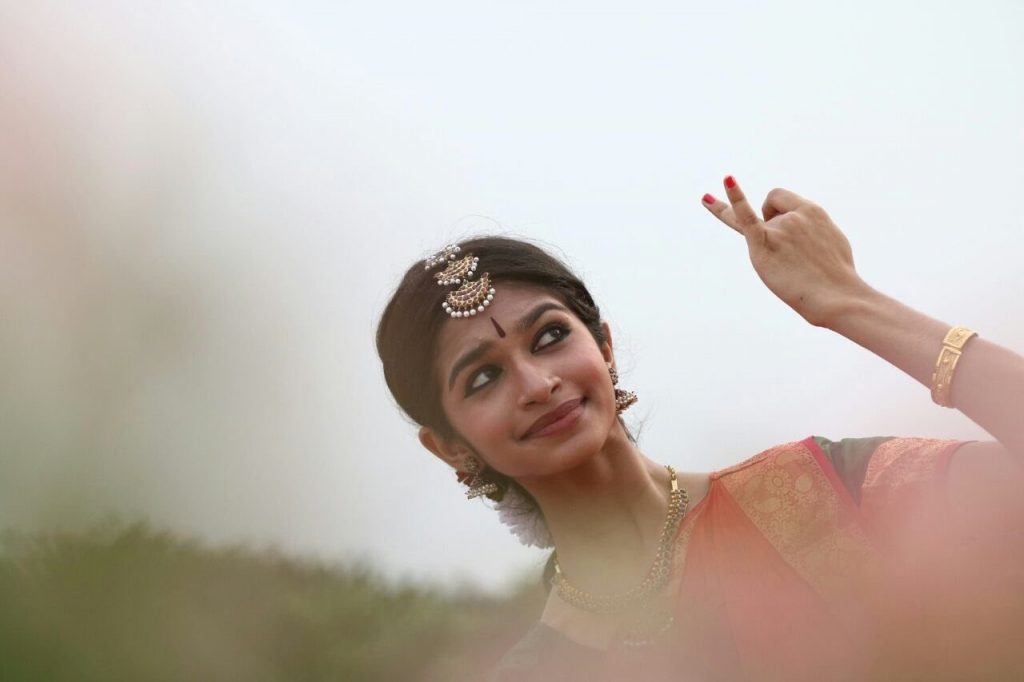Two dancers, from Singapore and Chennai, exchange notes on all things that matter to the world of young dancers
A conversation between Singapore-based dancer Janani Arunkumar and Chennai-based dancer Kavya Ganesh, began with the two dancers exploring the notion of the term #iamayoungdancer. While Kavya expressed that it is an interesting space to be in as a young dancer, where one gets to define one’s own art, she felt it could be considered “a phase in one’s life”. Janani added that for her, being a young dancer meant “a phase in your dancing career where you figure out what to present, choreograph and the time to integrate learning into performing and choreographing”.
Speaking of the pandemic and its aftermath, the dancers agreed that there was an urgent need during the pandemic to “create one’s own pieces which, in turn, also created a culture of young dancers creating their own work”.
The conversation then shifted to the subject of grants and commissions; how they are available but don’t provide enough financial backing and the struggles of each artiste in this sphere. In Singapore, Janani shared information about the NAC (National Arts Council) which supports organizations and individual dancers as well but often there is a question on the audience’s mind about whether they need to pay to watch the work of a young dancer.
Both dancers had their own points of view on this matter. Kavya felt that as dancers, one has to create demand not at the cost of commercializing or diluting the art form. “This means,” she said, “the viewership needs to be increased by making the form accessible to a really large group of people. Classical dance has that power to connect even with a layman and its potential really needs to be harnessed. The minute the viewership increases, it translates to ticket sales and that attracts financial funding.”



Janani felt that as dancers, if one has the freedom and power to integrate what is learnt and presented, the audience will naturally enjoy and relate to it. “As young dancers, this is something one must strive to do,” she said, “The important thing to note here is that entertaining doesn’t mean that the classical form needs to be compromised. The misconception that the classical form can’t reach people needs to be dispensed with.”
The responsibility of a young dancer, both the dancers believed, is “to connect with the next generation. With awareness and time and more sustained campaigns (like Pay for the Arts), this is bound to happen. This will also help in making the profession in itself more sustainable thereby reducing the need for dancers to overwork and compensate their finances with multiple jobs.”




Speaking of the dance community in Singapore, Janani noted that the support within the community of dancers in Singapore is “very good, as they collaborate, work with each other and involve students from different schools to participate in a production”.
The duo also discussed the positives and negatives of social media. While the world of the internet and its many possibilities have helped to connect dancers from across the world with each other, especially during the lockdown, the perils of social media can just not be ignored. “One needs to remember the platform also projects people in a different light and one can’t take everything very seriously on this platform,” Kavya added. Amen to that!









